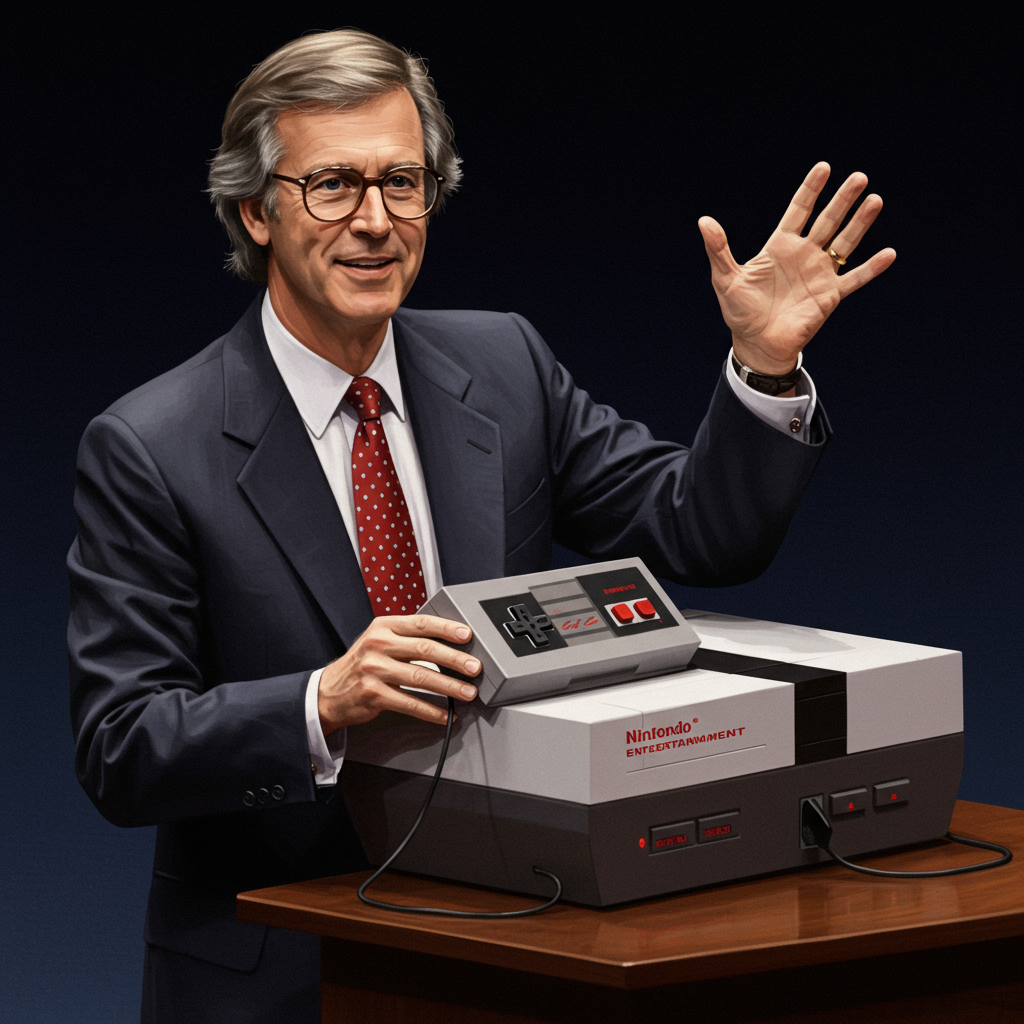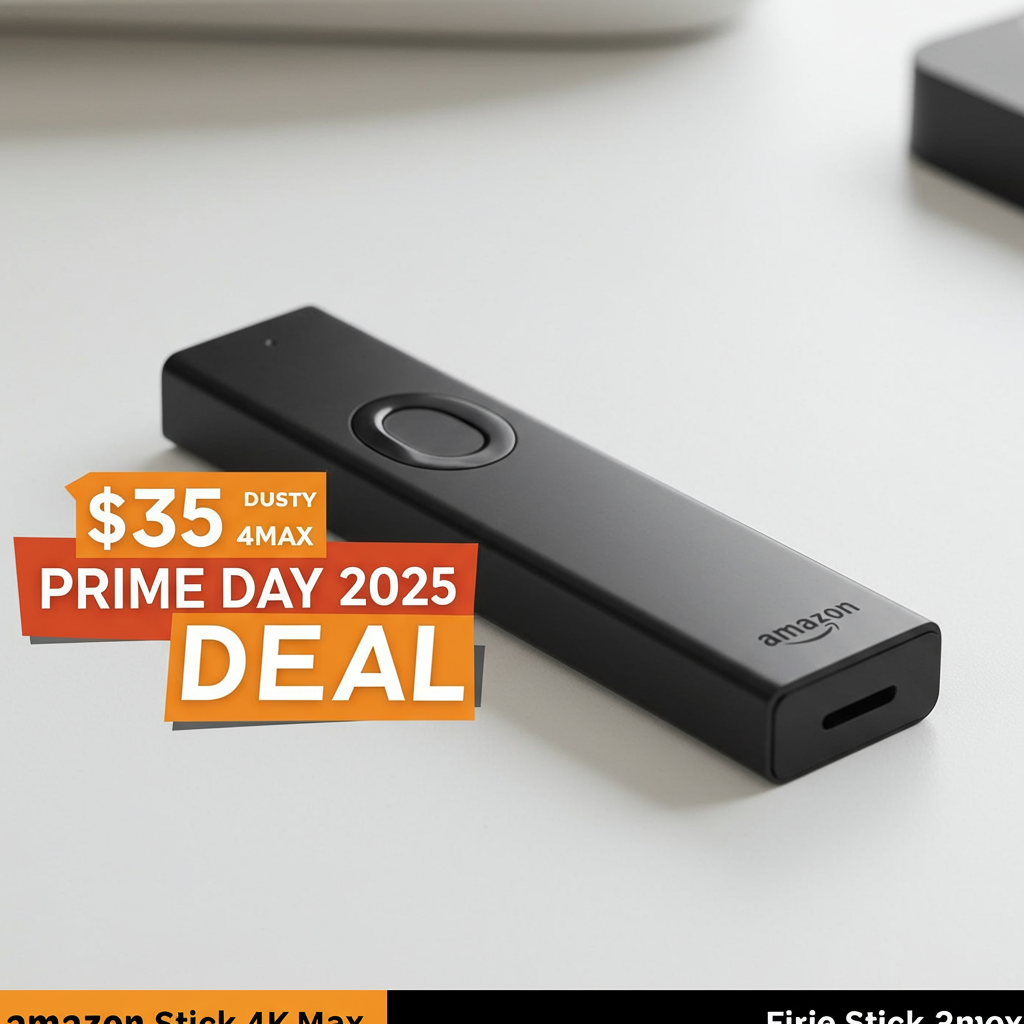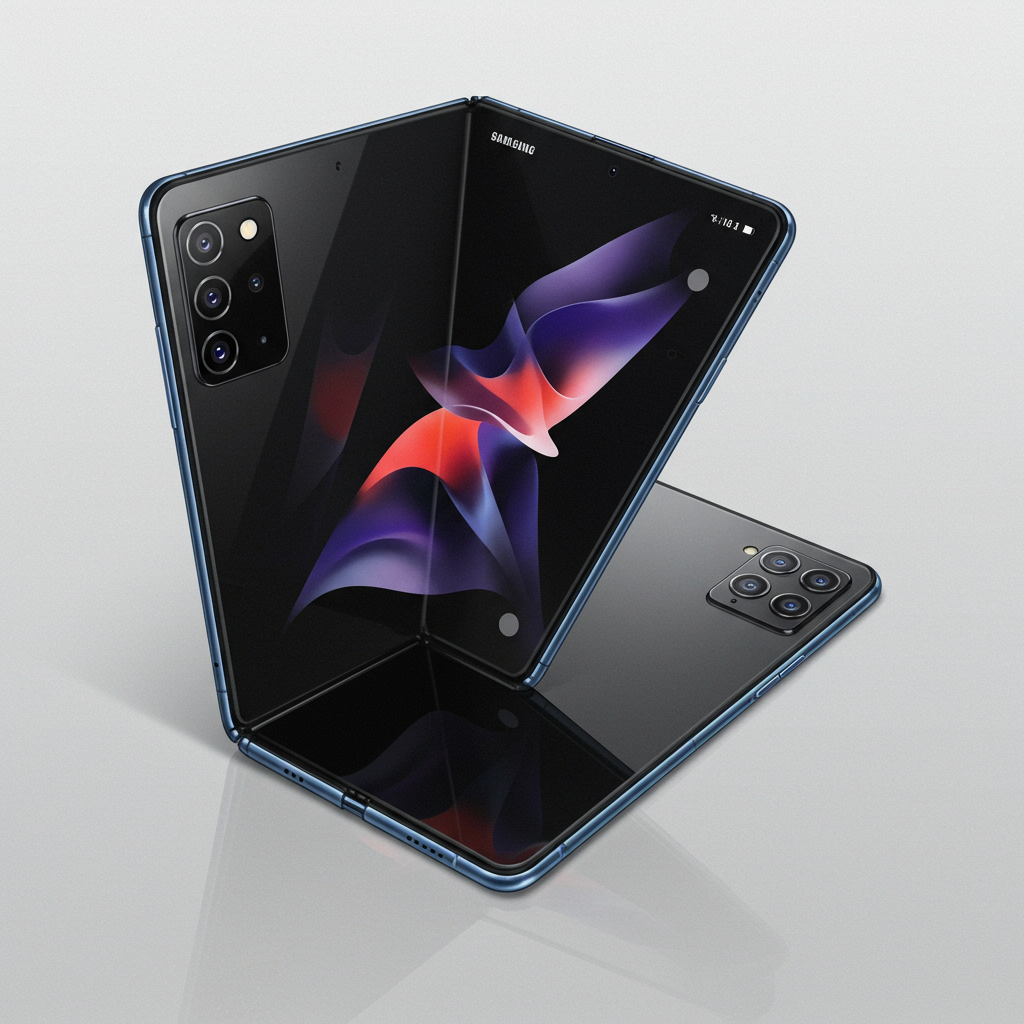The year 1985 marked a critical juncture in North American entertainment. Just two years prior, the infamous video game crash had decimated the market, leaving retailers wary and consumers disillusioned. It was into this barren landscape that Nintendo dared to launch a new home console, a bold move many believed was doomed. Yet, the Nintendo Entertainment System (NES) didn’t just survive; it ignited a cultural phenomenon, forever changing the gaming world. Behind this improbable triumph stood a shrewd sales executive, Bruce Lowry, whose innovative strategies and unwavering vision were instrumental in the NES’s meteoric rise.
Lowry’s journey into the nascent gaming industry began unexpectedly in 1981. He was thriving as Vice President of Sales at Phase Linear, a division of Pioneer Electronics specializing in high-end commercial audio equipment. His company’s amplifiers powered major concert venues worldwide. However, a corporate sale necessitated a move to Chicago, which didn’t sit well with his sons. Fortuitously, a recruiter’s call offered an alternative: a fledgling company called Nintendo. Lowry, unfamiliar with the name, initially questioned joining a venture planning a “video game system” given the looming market crash. Yet, the palpable energy of Nintendo’s small, dynamic team, led by President Minoru Arakawa and VP Ron Judy, proved irresistible. Lowry stayed in Seattle, embarking on what he would later describe as the most significant, and initially challenging, chapter of his career.
Redefining Home Entertainment: Beyond “Video Games”
One of Lowry’s most pivotal contributions was his insistence on distancing the new console from the toxic “video game” label. Memories of the crash were fresh. The term was “a dirty word,” as Lowry recalled. This insight led to a crucial strategic shift in both the product’s appearance and its name. Nintendo’s initial concept, the Advanced Video System (AVS), based on the Japanese Famicom, was described as a “little white toy.” Drawing on his Pioneer background, Lowry recognized the growing trend of home audio equipment racks. He championed a redesign that would make the console resemble a sophisticated electronic component, rather than a child’s plaything. This vision directly led to the NES’s iconic VCR-like design and front-loading mechanism, allowing it to seamlessly fit alongside other high-tech entertainment systems in a living room.
The aesthetic transformation paired with a new name. Lowry’s directive was clear: “We can’t say anything about it being a video game console.” The solution? The “Nintendo Entertainment System.” This clever branding broadened the console’s appeal, hinting at a wider array of experiences beyond just games. It also provided a logical umbrella for unique peripherals like R.O.B. the Robot and the NES Zapper. The Zapper itself underwent a significant rebranding. Initially a “light gun,” focus group testing in Paramus, New Jersey, revealed strong parental aversion to “guns” in the home. Women walked out, expressing concern. A simple name change to “Zapper” completely reversed sentiment, illustrating the profound impact of careful word choice on consumer perception. This small test market intervention likely saved the peripheral, and perhaps even the console, from early controversy.
Overcoming Retailer Resistance: A Sales Masterclass
Winning over skeptical retailers was arguably Lowry’s toughest battle. Their recent losses from Atari’s market collapse made them deeply averse to new “video game” products. Lowry’s first sales call to Woolworth’s, a major department store chain, was a stark reminder of this hostility. The buyer, after enduring Lowry’s presentation, threatened to throw him out, dismissing the NES entirely. Lowry, however, remained unfazed, recognizing the need to refine their message rather than abandon their mission.
His persistence paid off with Toys ‘R’ Us. Executive Vice President Howard Moore immediately grasped the NES’s potential value and Nintendo’s unique pricing strategy. Unlike Atari, Nintendo aimed to prevent deep discounting, ensuring healthier profit margins for both retailers and themselves. Lowry’s existing relationships with buyers, a testament to his sales prowess, proved vital in gaining initial retail traction. A humorous anecdote from a Sears presentation further illustrates the challenges: with Lowry absent due to a family emergency, Minoru Arakawa and Ron Judy had to demonstrate Duck Hunt without a television. Arakawa comically flapped his arms, instructing Judy to “shoot” him, much to the amusement of the Sears buyer. Despite these hurdles, most retailers eventually came onboard, laying the groundwork for widespread availability.
The Unforeseen New York Launch and Quality Assurance
Nintendo’s original launch strategy involved a cautious test market in Kentucky. This conservative approach would allow for adjustments before a broader rollout. However, Nintendo President Hiroshi Yamauchi, during a CES show meeting, unilaterally overruled this plan. He famously declared, “No, no, New York,” asserting that the major metropolitan area was “where everything happens.” This abrupt decision forced Lowry’s team to execute an immediate, complex strategic pivot, showcasing their agility under pressure.
Lowry also emphasized Nintendo’s commitment to quality from the outset. Unlike many Atari games with misleading box art, Nintendo adopted a “what you see is what you get” approach. Game packaging featured pixel art that accurately depicted the in-game graphics, building crucial consumer trust. Furthermore, Yamauchi mandated strict quality control for all software, including third-party titles. Games were rigorously analyzed for bugs, play value, and adherence to a family-friendly, non-violent ethos. This policy fostered a perception of quality and reliability. Yet, even Nintendo made missteps. Lowry candidly recalled Donkey Kong Jr. Math, an “edutainment” title from their first year, as “the worst game we ever sold.” Its dismal reception severely impacted Nintendo’s plans for educational software, steering their focus firmly towards pure entertainment.
The Sega Interlude: A Risky Challenge
In 1986, Lowry made what he later called “probably the biggest mistake I ever made.” Lured by Sega President Hayao Nakayama’s provocative challenge – “Do you think you could do it again, or were you just lucky?” – Lowry departed Nintendo to found Sega of America. He built the company from the ground up, assembling a team and implementing a marketing strategy mirroring his Nintendo success.
Lowry insisted on redesigning Sega’s Master System for the Western market to compete effectively with the NES. The console’s distinctive white packaging, a direct counterpoint to Nintendo’s black boxes, was a deliberate visual strategy. Interestingly, the name “Master System” itself has a more whimsical origin than often reported. While a marketing lead, Bob Harris, famously improvised a martial arts analogy (“achieving the master”) to impress Sega chairman Isao Okawa, Lowry later revealed the true story. The name emerged from a brainstorming session where team members used rubber darts on a whiteboard of potential titles. “Master System” simply kept getting hit and “sounded pretty good.” Despite later claims of its failure, Lowry asserted that Sega achieved distribution in “every store Nintendo was in within the first six months” due to his established retail relationships.
However, internal power struggles and a significant disagreement over Sega Japan’s decision to partner with Tonka Toys for distribution prompted Lowry’s second departure. He felt the move was strategically flawed, a prediction that proved correct when the partnership was later terminated.
Returning to Nintendo: European Redemption and Lasting Legacy
Lowry’s expertise remained invaluable. While on vacation, he reconnected with Ron Judy, who was struggling to establish Nintendo in Europe against Sega’s strong presence. Judy admitted, “Sega’s crushing us here.” Lowry soon returned to Nintendo, taking charge of UK operations. He quickly identified the problem: Nintendo’s reliance on Mattel, which viewed the NES as a low-priority “afterthought” compared to its core toy lines like Barbie. Lowry successfully advocated for dismissing Mattel, with Nintendo buying back the toy giant’s $5.5 million inventory and using them for distribution. This decisive action helped Nintendo gain significant ground in the European market.
After four years with Nintendo UK, Lowry returned to the US, where he took the helm of GameTek, successfully turning around the struggling company and eventually taking it public on NASDAQ. His career is a testament to the power of salesmanship, strategic thinking, and market understanding.
Today, nearly 40 years after its challenging debut, the NES remains a cornerstone of retro gaming. Its undeniable quality, sales success, and the profound nostalgia it evokes continue to resonate. While a new generation of players may engage with its library through modern avenues like Nintendo Switch Online, NES Classic Mini, FPGA systems, or emulation, the console’s transformative effect is universally acknowledged. The story of its launch, shaped by figures like Bruce Lowry, offers invaluable lessons in market innovation and perseverance. His strategic brilliance in navigating a dead market, redefining product perception, and securing distribution against overwhelming odds forged the path for Nintendo’s enduring legacy.
Frequently Asked Questions
How did the NES overcome the 1983 video game crash to achieve success?
The NES launched into a North American market devastated by the 1983 video game crash, where “video game” was a dirty word to retailers. It overcame this by strategic rebranding, avoiding the “video game console” label in favor of “Nintendo Entertainment System,” and designing the console to resemble sophisticated home electronics rather than a toy. Key sales executive Bruce Lowry spearheaded efforts to win over skeptical retailers and ensure a steady supply of high-quality, family-friendly games. Innovative peripherals like the Zapper (rebranded from “light gun” after focus group feedback) also broadened its appeal, effectively reviving the entire home console market.
What were some of Bruce Lowry’s key innovations in launching the NES?
Bruce Lowry, Nintendo of America’s Vice President of Sales, introduced several crucial innovations. He insisted on a VCR-like redesign of the console, making it appear as a serious entertainment component rather than a toy. He championed the “Nintendo Entertainment System” name to distance it from the tainted “video game” label. Lowry also played a pivotal role in rebranding the NES “light gun” to the “Zapper” after consumer focus groups expressed strong aversion to “guns.” Furthermore, his sales genius was evident in winning over reluctant retailers like Toys ‘R’ Us and establishing a pricing philosophy that ensured fair profits, helping to rebuild trust in the market.
Why did the “Master System” name become iconic despite its informal origin?
The Sega “Master System” name, largely credited to Bruce Lowry and his marketing lead Bob Harris, became iconic through strategic branding and an interesting origin story. While the public explanation involved an ad-libbed martial arts analogy (aiming to be the “master” of gaming), Lowry later revealed its true, more informal genesis: the name was repeatedly selected during a brainstorming session where team members threw darts at a whiteboard of potential titles. Despite this casual beginning, the name effectively conveyed a sense of premium quality and technological superiority, reinforced by Sega’s efforts to differentiate it from the NES with its distinct white packaging and a strong distribution push led by Lowry himself.




